Facts about Venus: Top interesting Things
As with Mercury, our knowledge of Venus has grown considerably during the latter half of the twentieth-century. For example, prior to the several planetary missions conducted by NASA and the Soviet Union beginning in the 1960s, scientists had been hopeful that conditions beneath the extremely dense clouds covering the planet would allow for life. Unfortunately, the data collected during these missions proved that the conditions present were too severe to support life.
 |
| Photo: Britannica |
Facts about Venus
- Venus does not have any moons or rings.
- Venus is nearly as big as the Earth with a diameter of 12,104 km.
- Venus is thought to be made up of a central iron core, rocky mantle and silicate crust.
- A day on the surface of Venus (solar day) would appear to take 117 Earth days.
- A year on Venus takes 225 Earth days.
- The surface temperature on Venus can reach 471 °C.
- A day on Venus lasts longer than a year.
It takes 243 Earth days to rotate once on its axis (sidereal day). The planet’s orbit around the Sun takes 225 Earth days, compared to the Earth’s 365. A day on the surface of Venus (solar day) takes 117 Earth days.
- Venus rotates in the opposite direction to most other planets.
This means that Venus is rotating in the opposite direction to the Sun, this is also known as a retrograde rotation. One possible reason for this might be a collision with an asteroid or other object.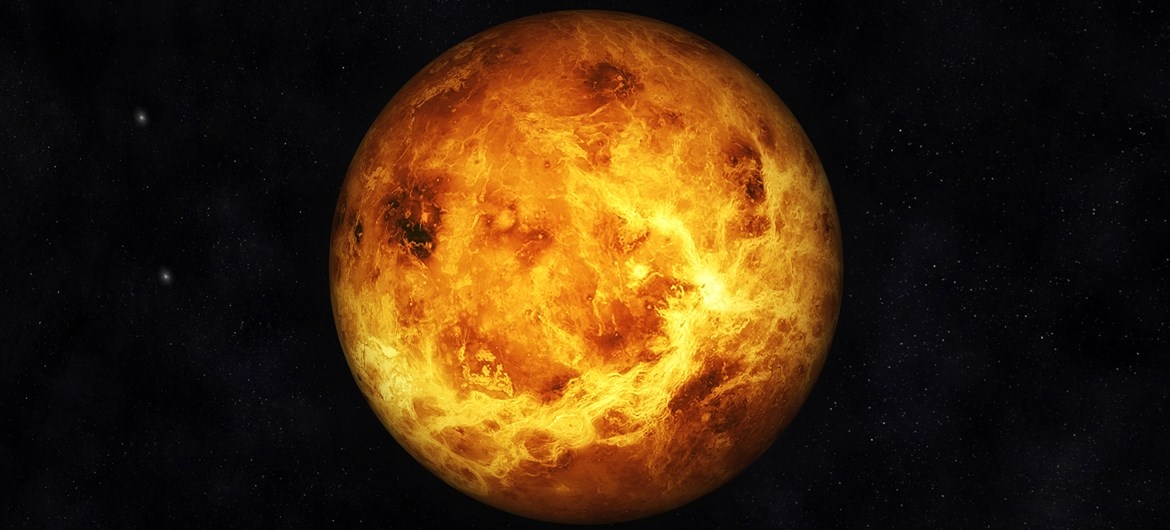
Photo: FactRetriever.com - Venus is the second brightest object in the night sky.
Only the Moon is brighter. With a magnitude of between -3.8 to -4.6 Venus is so bright it can be seen during daytime on a clear day.
- Atmospheric pressure on Venus is 92 times greater than the Earth’s.
Due to this crushing small asteroids when they enter its atmosphere Venus has not small craters. The pressure felt on Venus’ surface is equivalent to that deep beneath the sea on Earth.
- Venus is often called the Earth’s sister planet.
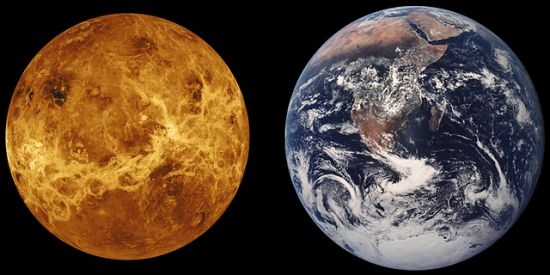
Photo: Ohfact.com -
The Earth and Venus are very similar in size with only a 638 km difference in diameter and Venus having 81.5% of the Earth’s mass. Both also have a central core, a molten mantle and a crust.
- The same side of Venus always faces the Earth when at their closest.
It is possible this is due to the Earth’s gravational influence.
- Venus is the hottest planet in our solar system. The average surface temperature is 462 °C, and because Venus does not tilt on its axis, there is no seasonal variation. Venus doesn’t tilt on its axis which means there are no seasons either. The atmosphere is a dense 96.5% carbon dioxide which traps heat and caused the greenhouse effect which evaporated any water sources billions of years ago.
- A detailed study of Venus finished in 2015.
In 2006, the Venus Express space craft was sent into orbit around Venus by the European Space Agency. Originally planned to last five hundred Earth days, the mission was extended several times before the craft was deorbited in 2015. More than 1,000 volcanoes or volcanic centres larger than 20 km have been found on the surface of Venus.
- The Russians sent the first mission to Venus.
The Venera 1 space probe was launched in 1961, but lost contact with base. The USA also lost their first probe to Venus, Mariner 1, although Mariner 2 was able to take measurements of the planet in 1962. The Soviet Union’s Venera 3 was the first man-made craft to land on Venus in 1966.
- At one point it was thought Venus might be a tropical paradise.
The dense clouds of sulphuric acid surrounding Venus make it impossible to view its surface from outside its atmosphere. It was only when radio mapping was developed in the 1960s that scientists were able to observe the extreme temperatures and hostile environment, according to space-facts.com.
- Venus is named after the Roman goddess of love and beauty.
This may be, in part, due the brightness of the planet and may date back to the Babylonians in 1581 who referred to Venus as “bright queen of the sky”.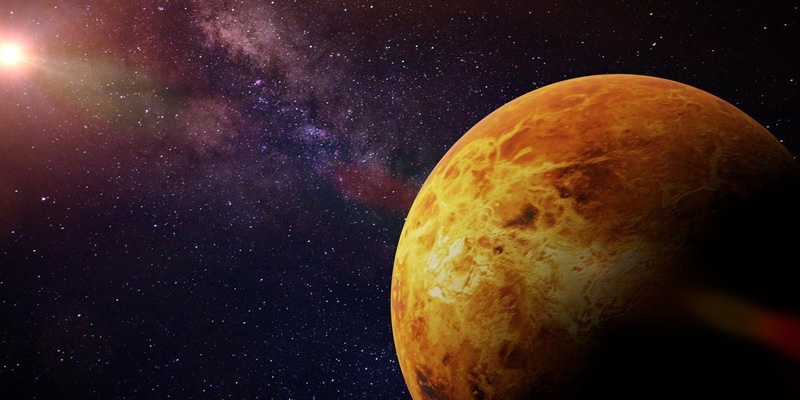
Photo: Sporcle.com - Venus is sometimes referred to as the “morning star” and “evening star”. This dates back to ancient civilizations who believed that Venus was in fact two distinct stars appearing in the sky. When the orbit of Venus overtakes Earth’s orbit, it changes from being visible at sunrise to being visible at sunset. They were known as Phosphorus and Hesperus by the Greeks, and Lucifer and Vesper by the Romans.
- The atmospheric pressure of Venus is 92 times stronger than Earth’s. This means that any small asteroids entering the atmosphere of Venus are crushed by the immense pressure, which is why there are no small surface craters on the planet. This pressure is equivalent to being around 1,000 km under Earth’s oceans.
Venus has a very weak magnetic field. This surprised scientists, who expected Venus to have a magnetic field similar in strength to Earth’s. One possible reason for this is that Venus has no solid inner core, or that its core is not cooling.
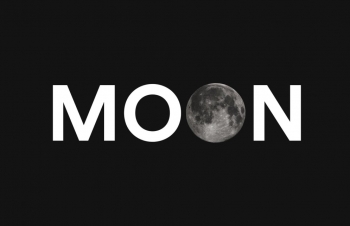 Facts about the MOON: Top 12 Interesting Things Facts about the MOON: Top 12 Interesting Things At a distance of 384,400 km from the Earth, the Moon is our closest celestial neighbour and only natural satellite. Like the Earth itself, the ... |
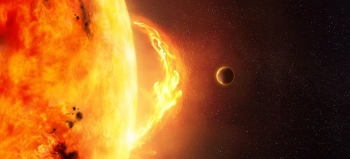 Facts About The Sun: Top 12 Interesting Things Facts About The Sun: Top 12 Interesting Things Think you know everything there is to know about the Sun? Think again. Here are 12 interesting facts about the Sun, collected in no particular ... |


























